Making Worry Dolls
Worry dolls are a lovely way that children can make their own special friend who can listen to their fears and worries. Below are a selection of instructions of how to make these dolls, starting with the most simplest instructions for KS1 moving onto more complicated ones. I would love to see you dolls on Padlet ones you have created them!
Top Tips: How to Bind the Dolls
Use the tips to help you bind the dolls in wool, whichever version you choose.
Whenever possible use long lengths of wool to bind the dolls; this will save unnecessary fastening and joining.
Start by tying a knot around the stick, leaving a 2 or 3 cm length of wool:
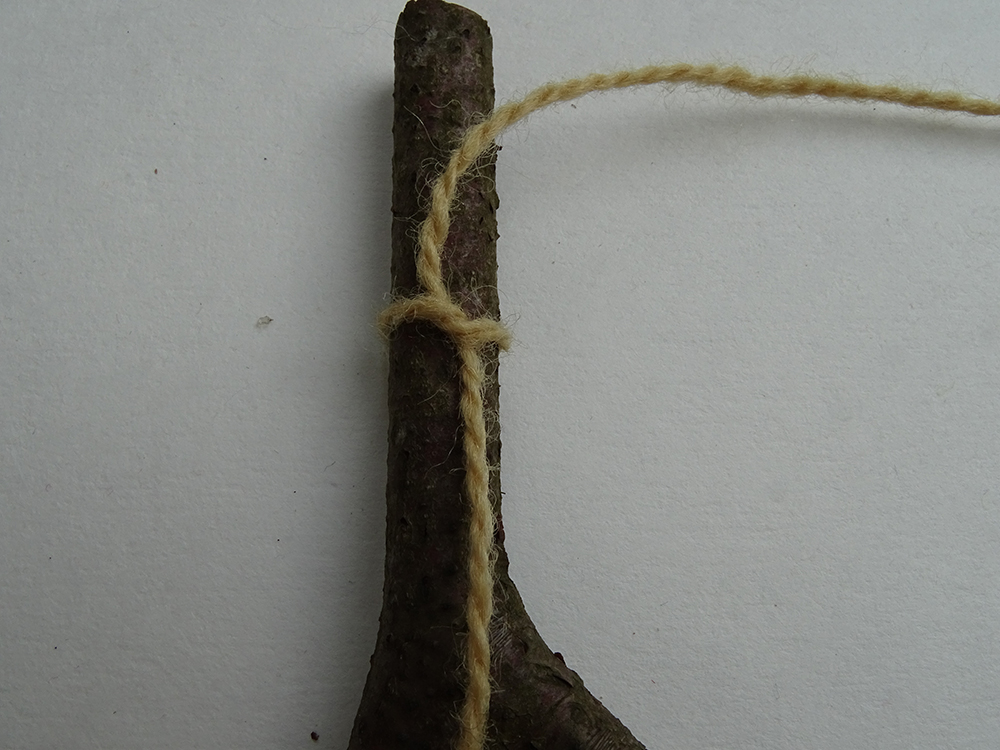
Bind the wool around the stick, catching in the length of wool to keep it tidy:
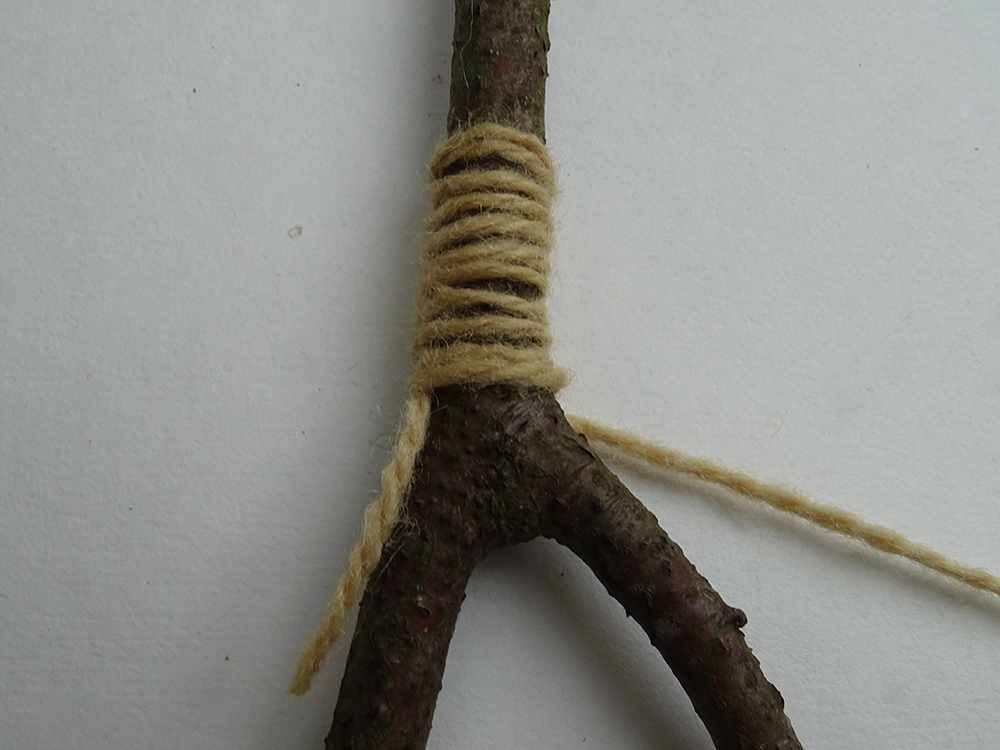
It’s generally easier to make the first knot around the body, then work up to the head, then back down to the body. You can then use the same colour wool to bind the hands: take the same length of wool down the arm to bind the hand and then bind neatly back up the arm. Repeat on the other side, and if needed, down the legs.
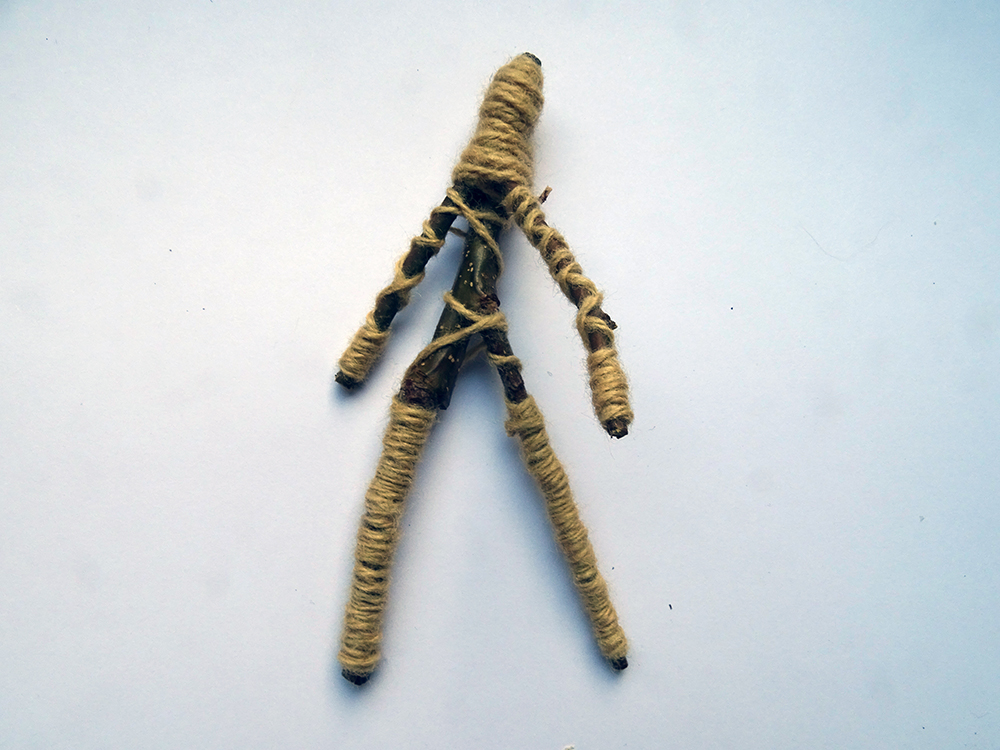
If you are binding lolly sticks you may choose to add a small amount of glue at the head, hands and feet to secure the wool. If you are binding sticks you probably won’t need the glue.
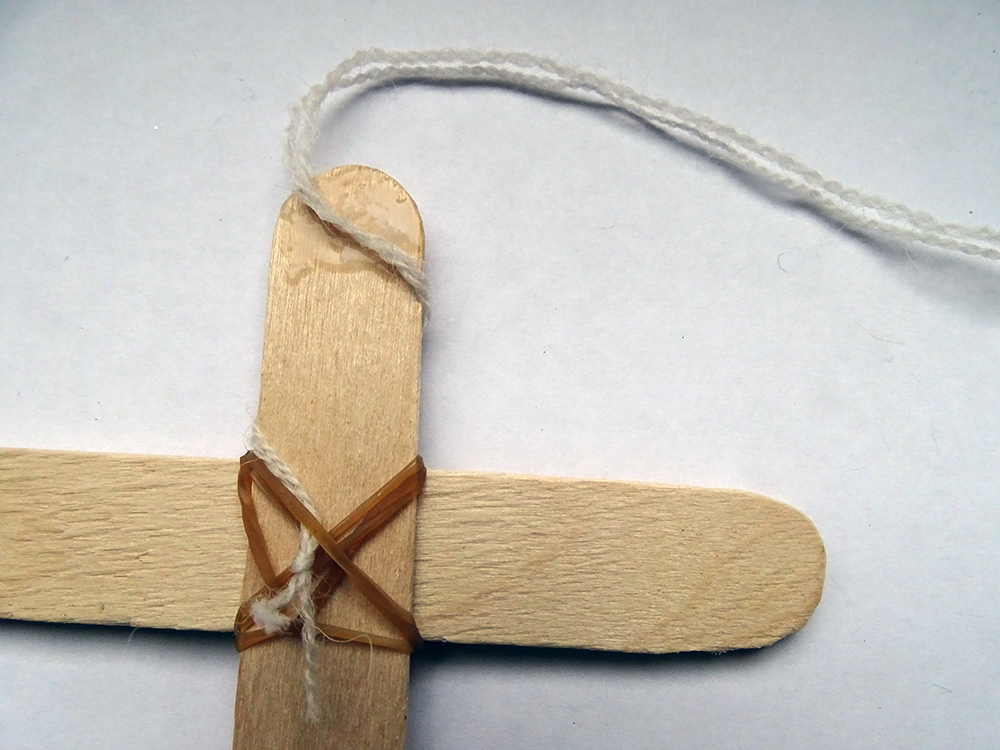
To fasten the wool or change colour, make a simple knot by creating a loop around the stick and passing the wool through it.
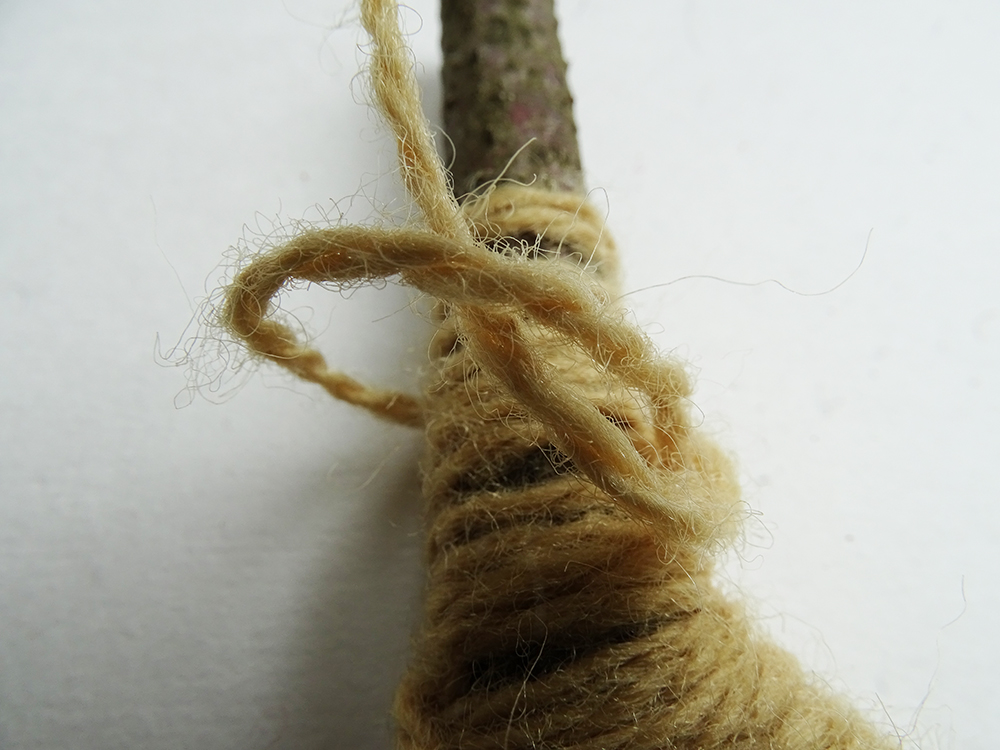
Pull it tight. Cut off the wool again leaving a 2 to 3 cm length.
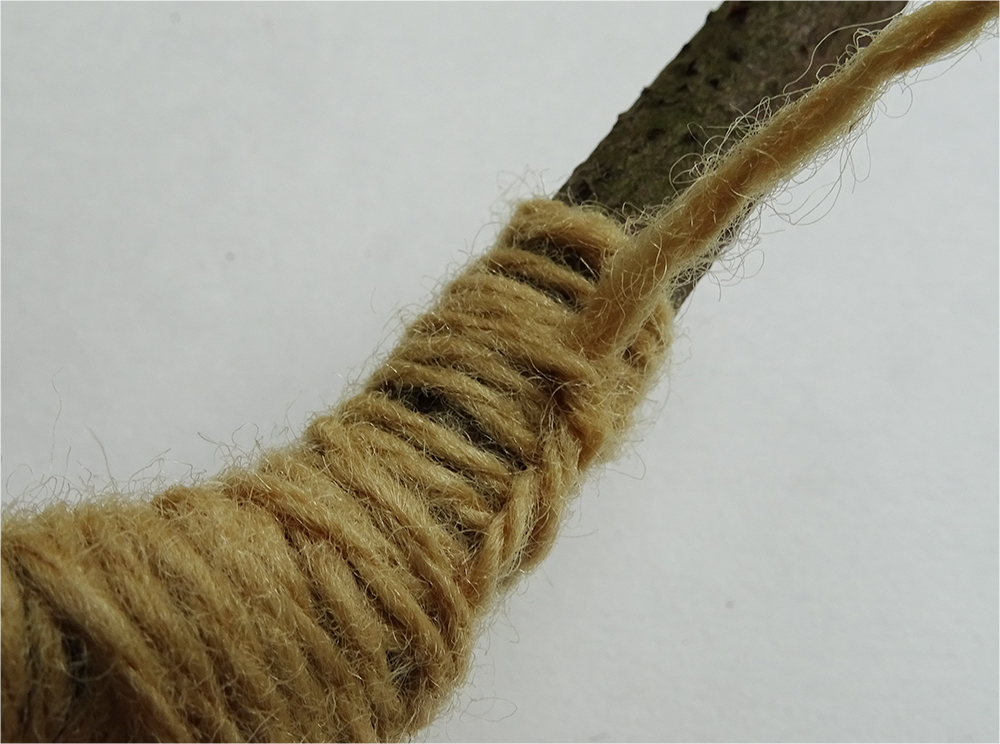
Join the next colour as before, again catching in the end of the wool to keep it tidy.





